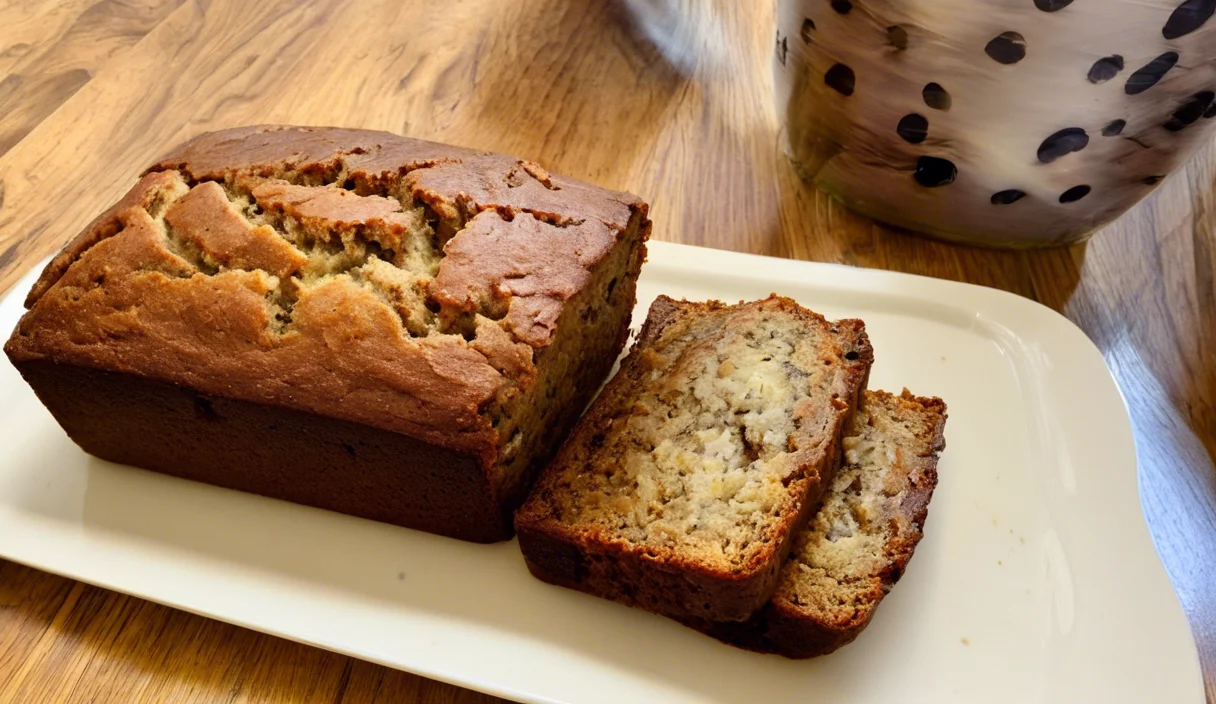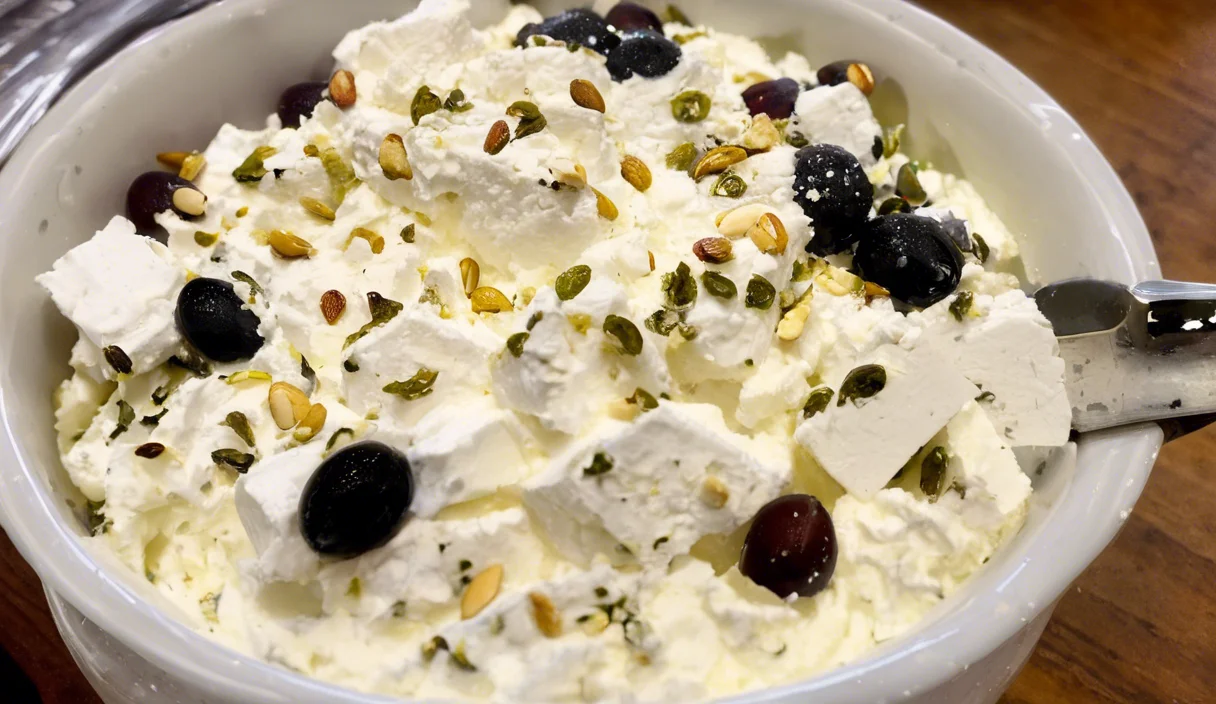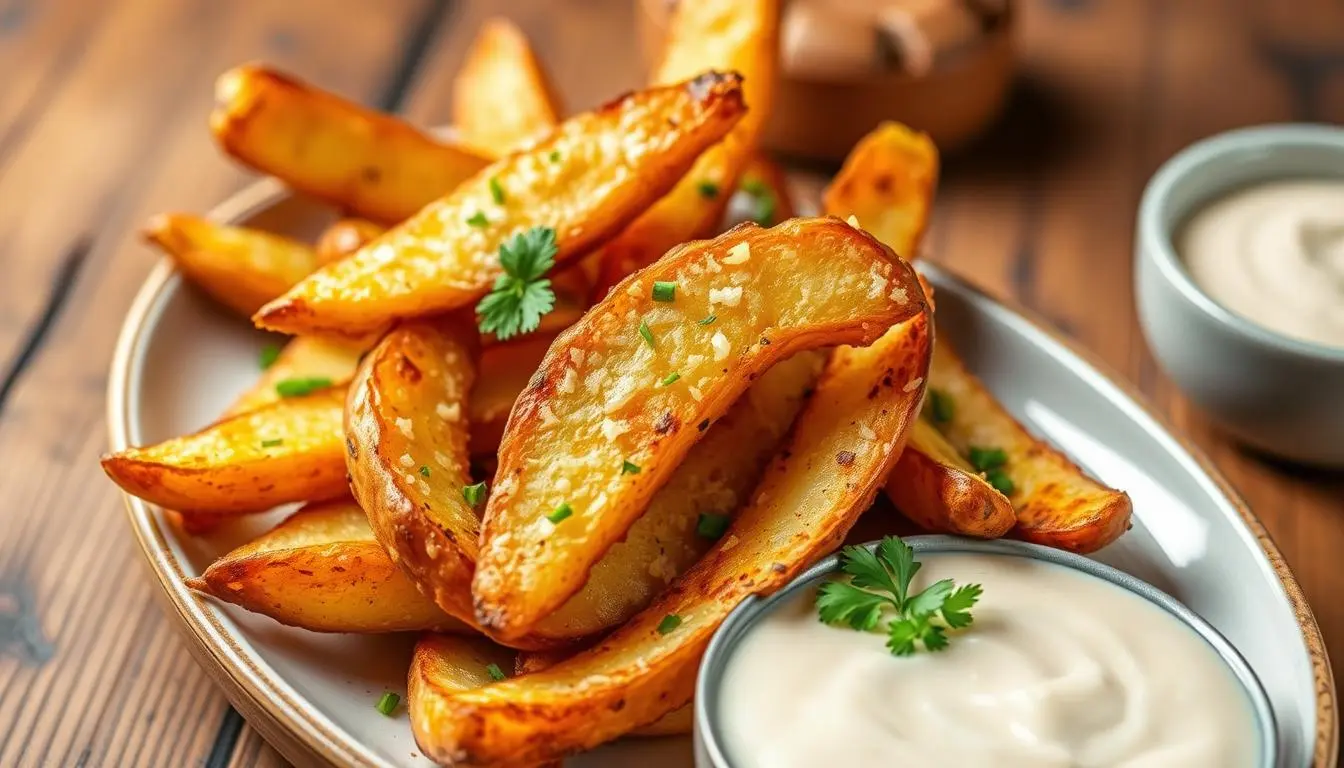Brining is a powerful technique that can transform your cooking, making meats juicier, vegetables more flavorful, and even helping to preserve food for longer periods. But the question on everyone’s mind is: What is the best ratio for brine? Getting the right balance of salt, water, and other ingredients is essential to achieving the desired results. Whether you’re preparing a classic roast chicken, seafood, or pickling vegetables, understanding the best ratio for brine will elevate your culinary creations to new heights.
In this comprehensive guide, we will first dive into what is the best ratio for brine. Next, we’ll explore different types of brine and then discuss the role of various ingredients. Finally, we will provide step-by-step instructions for creating your perfect brine solution. Ready to enhance your cooking skills? Let’s get started!
Understanding Brine and Its Culinary Uses
Brine is a simple solution of water, salt, and sometimes additional flavorings, used to infuse foods with moisture and flavor. Typically, it’s widely used for preparing meats, seafood, and vegetables, helping them to retain moisture and absorb seasonings deeply. But what makes a brine effective? Ultimately, it’s all about finding the best ratio for brine to suit the specific food you’re preparing.
In essence, brine works by osmosis, drawing moisture into the food while simultaneously infusing it with flavor. The salt in the brine changes the structure of the proteins, allowing them to retain more moisture. This is why properly brined meats are often juicy and tender. Therefore, understanding what is the best ratio for brine helps you achieve the perfect balance of seasoning and moisture.
What is the Best Formula for Brine?
When discussing what is the best formula for brine, it’s essential to start with the basic ratio: salt to water. The traditional ratio is 1 cup of salt to 1 gallon of water. However, this isn’t a one-size-fits-all solution. The ideal ratio can vary based on what you’re brining, the type of salt used, and your flavor preferences.
A general guideline is:
- Lean meats like chicken or turkey: Use 1 cup of salt per gallon of water for a standard brine.
- Seafood and other delicate foods: Reduce to 1/2 cup of salt per gallon to avoid excessive salting.
- Vegetables for pickling: Use a more concentrated brine with up to 1 1/2 cups of salt per gallon.
It’s important to remember that the type of salt used can also impact what is the best ratio for brine. For instance, kosher salt has larger crystals and weighs less than table salt, meaning you might need to adjust the amount used.
Different Types of Brine: Wet Brine vs. Dry Brine
To understand what is the best ratio for brine, you must also consider the different types of brining methods:
Wet Brine: The Classic Approach
A wet brine generally involves submerging food in a mixture of water, salt, and sometimes sugar and spices. Moreover, this method is excellent for ensuring the food absorbs a significant amount of moisture, thus making it juicy and flavorful.
- Pros: Adds moisture, infuses flavor, and helps tenderize.
- Cons: Requires more space and a longer brining time.
Wet brines are particularly beneficial for larger cuts of meat or poultry, such as whole chickens or turkeys, which benefit from the added moisture during cooking. The wet brine’s liquid helps the salt penetrate the meat, distributing flavor evenly throughout.
Dry Brine: A Simpler Alternative
A dry brine, on the other hand, uses just salt and seasonings rubbed directly onto the food. The salt draws out moisture, which is then reabsorbed, carrying the flavors deep into the food.
- Pros: Less mess, takes up less space, often quicker.
- Cons: Does not add extra moisture; only enhances natural flavors.
For a specific example, you can explore this simple brine formula for chicken to see how dry brines work for poultry.They are also great for achieving crispy skin, as the lack of added liquid allows the exterior of the meat to dry out, which is perfect for roasting.
Both methods have their place, but the choice will affect what is the best ratio for brine in your recipe. The type of brine you choose can depend on the size and cut of the meat, the desired cooking method, and the flavor profile you’re aiming for.
How to Determine the Ideal Brine Ratio for Different Foods
Now that we know the different brining methods, let’s explore the best salt brine ratio for various foods. The ratio is crucial because too much salt can ruin the dish, while too little won’t provide the desired flavor enhancement.
- For Poultry: A ratio of 1 cup of salt to 1 gallon of water is standard. This creates a 5-6% salt solution, perfect for chicken and turkey.
- For Seafood: Use a milder ratio, such as 1/2 cup of salt to 1 gallon of water, to avoid overpowering delicate flavors.
- For Vegetables: A stronger concentration of 1 1/2 cups of salt per gallon is often used for pickling to ensure proper preservation.
These ratios help ensure that your food is seasoned properly without becoming overly salty. Adjusting the salt brine ratio based on the type of food you’re preparing is essential for achieving the best results.
How to Choose the Best Salt-to-Water Ratio for Brining
When determining what is the best ratio for brine, the different types of salt you use are as important as the amount. Different salts have different densities and flavors:
- Kosher Salt: This is the preferred salt for brining. Due to its large, flaky crystals, it dissolves easily and distributes evenly. However, 1 cup of kosher salt is not the same weight as 1 cup of table salt.
- Table Salt: More dense and usually iodized, table salt can be used, but you need to use less—about 3/4 cup per gallon of water for a similar effect.
- Sea Salt: Offers a unique flavor due to its mineral content but is often more expensive. Use it if you want a specific taste profile.
Always measure salt by weight (ounces or grams) rather than volume (cups or tablespoons) to ensure consistency when finding the best ratio for brine. Using a kitchen scale will help you achieve accurate measurements and avoid over-salting or under-salting your brine.
Brine Ratio Guide: Understanding Salinity and Concentration
Salinity is key to answering what is the best ratio for brine. The concentration is often expressed as a percentage, which is the weight of salt relative to the weight of water. Common ratios include:
- 5% Salinity: Perfect for most poultry and meats.
- 8% Salinity: Used for more robust flavoring or longer preservation.
- 10% Salinity: Often used for quick pickling or very tough cuts of meat.
To calculate the concentration, use this simple formula:
Salt Percentage=(Weight of SaltWeight of Water)×100\text{Salt Percentage} = \left( \frac{\text{Weight of Salt}}{\text{Weight of Water}} \right) \times 100Salt Percentage=(Weight of WaterWeight of Salt)×100
This formula allows you to adjust the salt concentration precisely, ensuring that your brine is perfectly balanced for its intended purpose.
Adjusting the Perfect Brine Ratio for Different Ingredients
Different foods require different brine strengths to achieve the best results. Let’s break down the best brine ratios for some common items:
- Chicken and Turkey: 5% salinity, or 1 cup of salt per gallon of water.
- Seafood: 2.5% to 5% salinity, or 1/2 to 3/4 cup of salt per gallon.
- Vegetables for Pickling: Up to 10% salinity, or 1 1/2 cups of salt per gallon.
These adjustments help ensure that the brine is effective without overpowering the natural flavors of the food. Understanding how to modify your brine ratios for different ingredients is crucial to mastering the art of brining.
Including Sugar in Your Brining Formula for Flavor Balance
While salt is the primary ingredient, sugar is often added to balance flavors and enhance caramelization during cooking. So, what is the best ratio for brine when incorporating sugar?
- To learn more about how much salt and sugar to put in a brine, a common ratio is 1/2 cup of sugar to 1 gallon of water, adding a balanced sweetness.
- Options include brown sugar, white sugar, or honey, each offering a unique flavor profile.
Sugar also helps with browning and adds a subtle sweetness that can complement savory flavors. It’s particularly useful in brines for poultry and some vegetables, like cucumbers or carrots.
Additional Ingredients to Enhance Brine Flavor
To customize your brine, consider adding herbs, spices, and aromatics. Some popular choices include:
- Garlic, rosemary, thyme, bay leaves, and peppercorns.
- Adding ingredients can provide depth and complexity, making your dishes even more flavorful.
These additions help to create a unique flavor profile that can enhance the natural taste of the food. Experimenting with different herbs and spices can be a fun way to personalize your brine and discover new combinations.
How to Make a Brine: Step-by-Step Guide
For a more detailed guide on creating brines, check out this simple brine formula tailored to your needs.
Here’s how to create the perfect brine solution tailored to your needs:
- Gather Ingredients: Start with your chosen salt, water, sugar, and flavorings.
- Mix the Brine: Combine salt and water, stirring until fully dissolved. Adjust according to your desired salt ratio.
- Add Additional Ingredients: Incorporate herbs, spices, and other flavorings.
- Submerge the Food: Ensure the food is fully submerged in the brine solution.
- Brine for the Appropriate Time: Brine meats for several hours up to overnight, depending on the size and type.
- Rinse and Prepare: Rinse the food to remove excess salt, then cook as desired.
This step-by-step approach will help you master what is the best ratio for brine and ensure your food is flavorful, juicy, and perfectly seasoned.
Cold Brine vs. Hot Brine Methods
Choosing between cold and hot brine methods also plays a role in determining what is the best ratio for brine.
- Cold Brine: Best for long-term brining, preserving the natural flavors without additional cooking.
- Hot Brine: Involves heating the water and dissolving the salt before cooling and adding the food. Ideal for a quick brine or when additional flavors (like spices) need to be released.
If you’re focusing on poultry, this chicken brine recipe guide can help you determine the right technique and brine ratio.
Common Mistakes to Avoid When Brining
To master what is the best ratio for brine, avoid these pitfalls:
- Over-Brining: Can make the food overly salty or tough.
- Under-Brining: Results in minimal flavor enhancement.
- Using the Wrong Salt: Incorrect salt can throw off the ratio and alter taste.
By being aware of these common mistakes, you can ensure that your brining efforts result in perfectly seasoned and flavorful dishes.
Tips for Effective and Flavorful Brining
To ensure success, follow these guidelines:
- Use the right container: Food-grade plastic or glass is ideal.
- Ensure full coverage: The food must be fully submerged to brine evenly.
- Maintain the right temperature: Keep the brine cold (below 40°F) to maintain its effectiveness.
These tips will help you achieve the best results every time, ensuring that your brine solution is effective and your food is delicious.
Benefits of Brining Foods
Understanding what is the best ratio for brine helps you achieve several benefits:
- Enhanced Flavor: Infuses food with seasoning from the inside out.
- Improved Texture: Breaks down muscle fibers, resulting in tender, juicy meat.
- Moisture Retention: Helps keep food juicy during cooking.
These benefits highlight the importance of using the right brine ratio and technique for your cooking needs.
FAQs Section
What is the Best Ratio for Brine? A Comprehensive Formula Guide
The standard formula is 1 cup of salt per gallon of water, but adjustments should be made based on food type and taste preferences.
What is the best salt brine ratio?
A 5-10% salinity level is common, with a 1 cup salt to 1 gallon water ratio often ideal for most meats and vegetables.
What is the concentration ratio for brine?
The concentration can range from 5% to 10%, depending on the type of food and desired flavor intensity.
What is the ratio of sugar to water for brine?
Typically, 1/2 cup of sugar per gallon of water is used, but this can be modified to suit personal taste.
How does brine affect flavor and texture in cooking?
Brine helps enhance flavor, retain moisture, and improve the texture of foods by breaking down proteins and infusing seasonings.
Conclusion
Finding the best ratio for brine involves balancing salt, water, and additional ingredients to suit your specific dish. To begin with, understanding the science behind brining is crucial. Then, by adjusting the brine for different foods, you can elevate your culinary creations to new heights. Therefore, experiment with ratios and flavors so you can find the perfect brine for your needs.
By following this guide, you now have all the tools to master the art of brining and create delicious, flavorful dishes that your family and friends will love. Enjoy exploring the world of brining and discovering your favorite combinations!
Sharing is caring!





